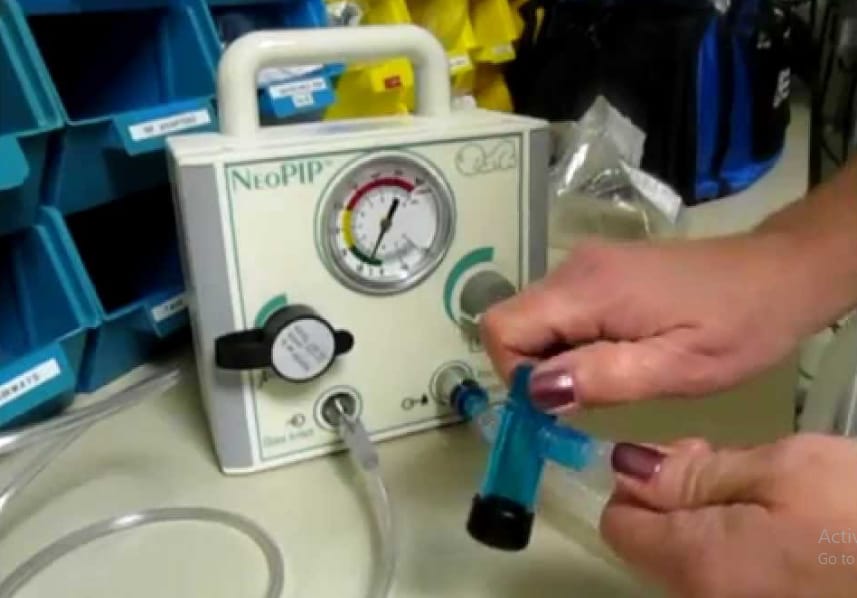Premature birth, a significant global health issue, demands specialized care and attention. Preemies, or premature infants, are born with underdeveloped lungs and require delicate respiratory support during their critical early days. Neo T-piece resuscitators, also known as neonatal T-pieces, have emerged as a lifeline for these vulnerable newborns. In this blog post, we will explore the remarkable role of using a neonatal T-piece resuscitator in aiding preemies, ensuring a gentle transition into the world and fostering their healthy development.
What is a T-Piece Resuscitator?
A T-piece resuscitator (TPR) is a medical device developed to provide respiratory support to newborns and infants, particularly those weighing up to 10 kg. It is commonly used in delivery rooms and neonatal intensive care units (NICUs). The primary function of this device is to administer positive pressure ventilation (PPV), a vital process during neonatal resuscitation.
How it Works
The Neo-Tee® is a popular type of TPR that offers flow-controlled and pressure-limited functionality. It enables healthcare providers to deliver a more consistent, targeted Peak Inspiratory Pressure (PIP) and Positive End-Expiratory Pressure (PEEP). These pressures are essential in maintaining the airway and lung volume, thereby aiding the respiration of the infant.
TPR vs. Self-Inflating Bag
In comparison to self-inflating bags, a neo t resuscitator has been shown to be more effective in administering PPV to infants during birth. Their design allows for a more controlled and precise delivery of breaths, reducing the risk of overinflation and lung injury.

Tidal Volumes and Pressure Delivery
Studies have aimed to describe the delivered pressures and tidal volumes by T-piece resuscitators. Tidal volume refers to the amount of air that moves in or out of the lungs during a single breath. Correctly adjusting these parameters is crucial as inappropriate volumes and pressures can lead to lung damage and other complications.
The Rising Popularity of TPRs
Over the years, the T-piece resuscitator has seen increased use as a primary resuscitation device with newborns. Its popularity can be attributed to its ability to deliver consistent pressures and volumes, irrespective of the operator’s experience level. This feature makes it a preferred choice over traditional manual devices for neonatal resuscitation.
Conclusion
A neonatal T-piece resuscitator has proven to be an indispensable tool in the field of neonatology. Their functionality and effectiveness in providing respiratory support to preemies make them a vital component of neonatal care. As technology advances, we can expect further enhancements in these devices, improving neonatal outcomes and giving our smallest patients the best start to life.

